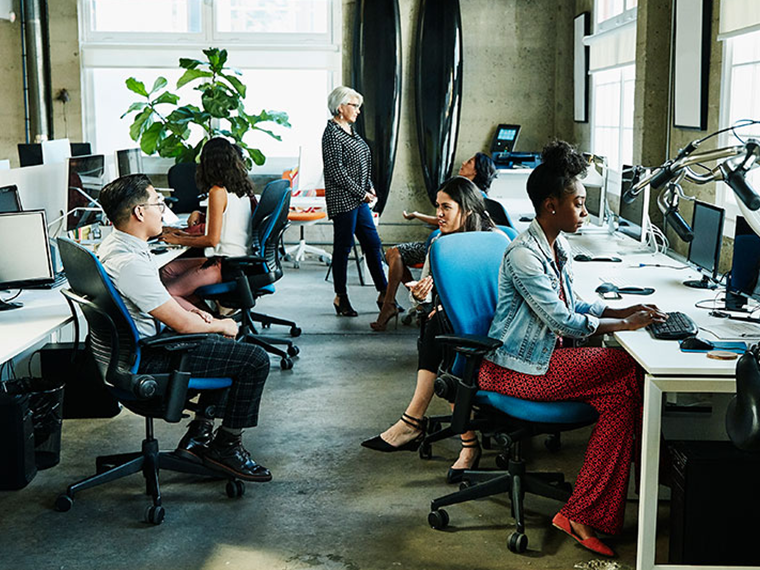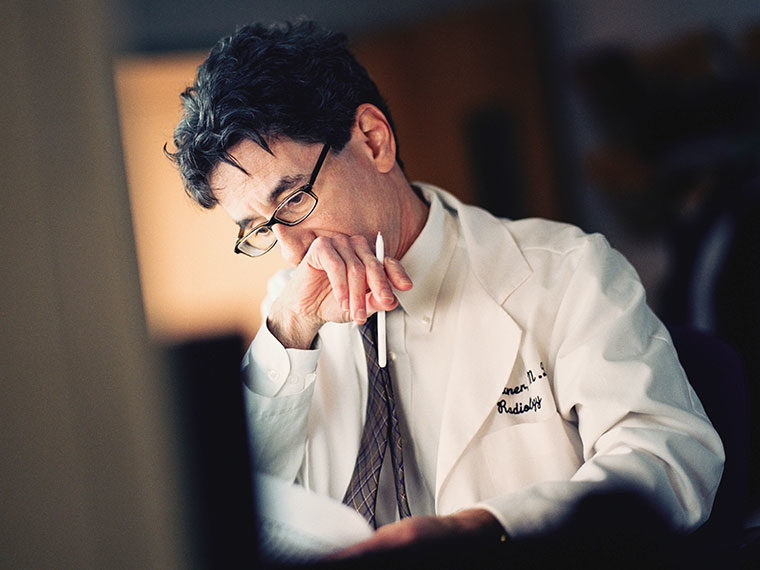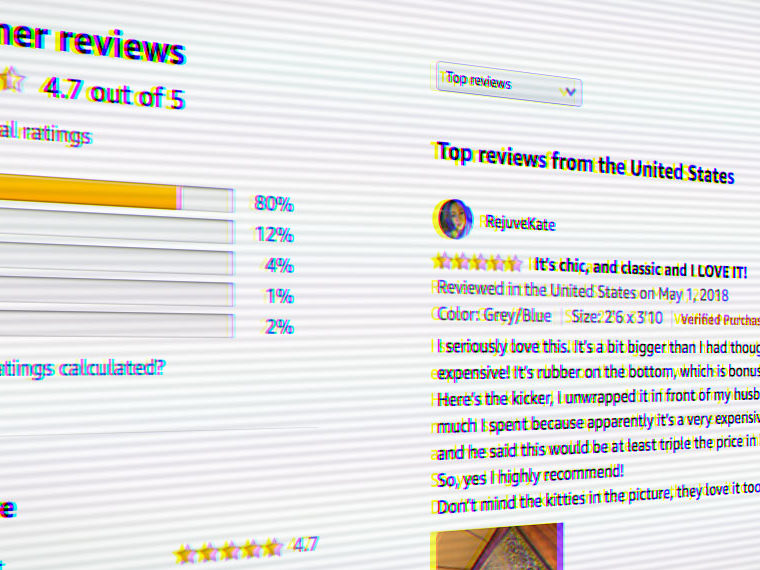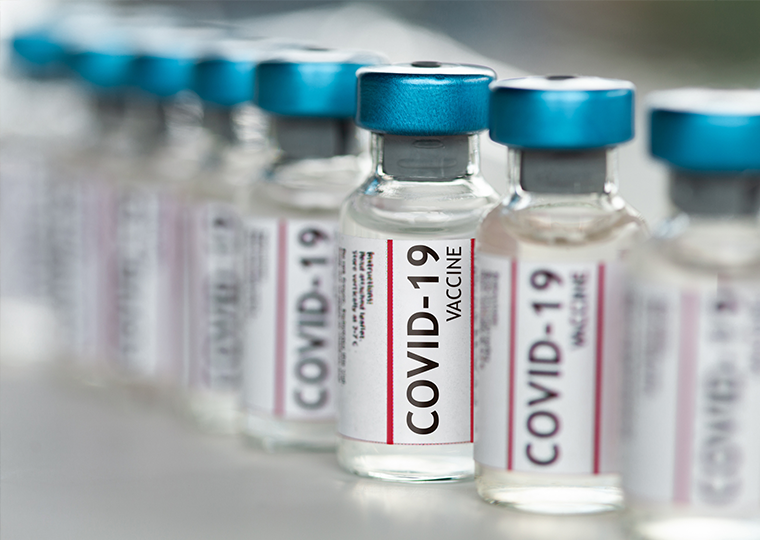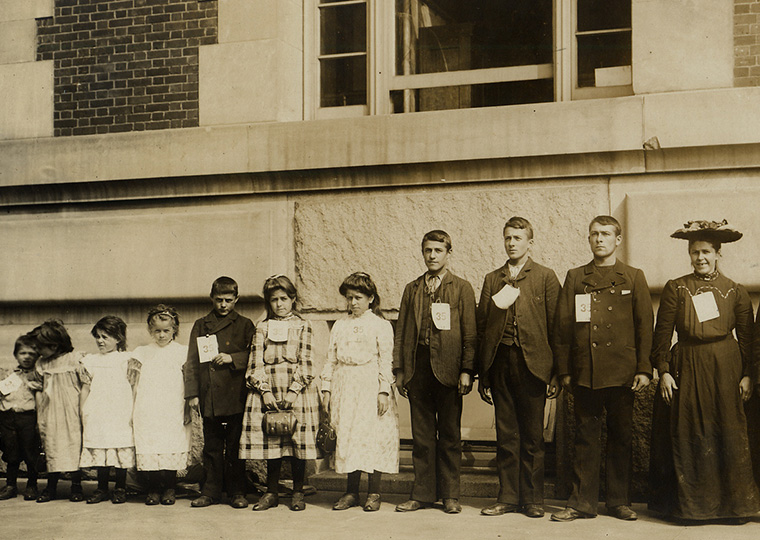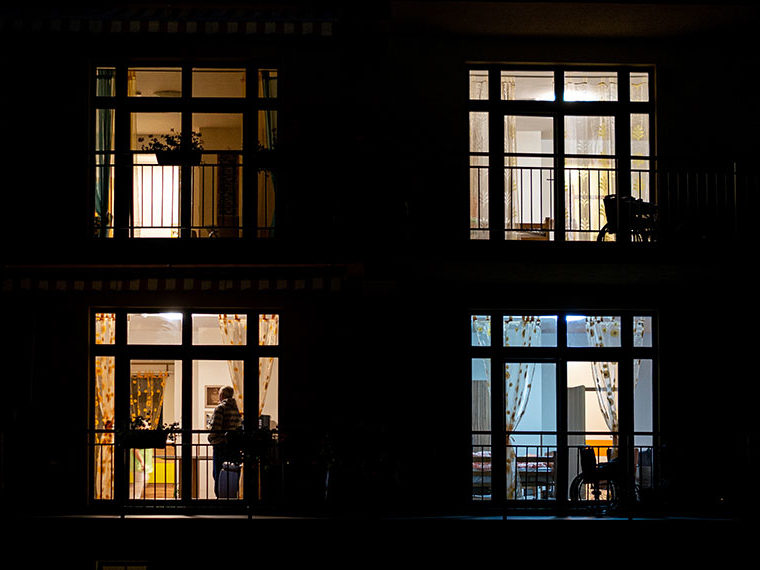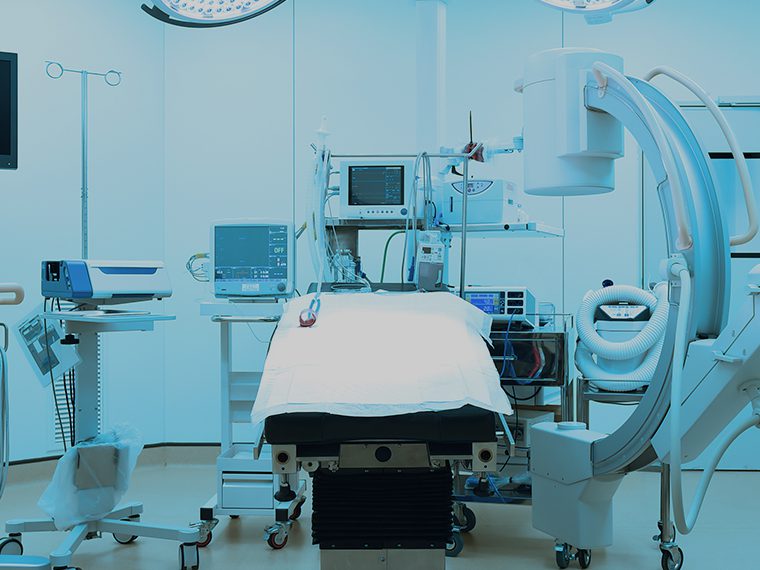Balancing vaccine efficacy against need to quickly inoculate more people
Frightening death tolls and the unchecked spread of COVID-19 early in the pandemic understandably led vaccine developers to shoot for a treatment that was as close to 100% successful in preventing symptoms as possible.
And they delivered: In clinical trials a vaccine developed by U.S. pharmaceutical giant Pfizer Inc. and German biotech company BioNTech SE was 95% effective at preventing COVID symptoms, while a similar treatment from U.S.-based Moderna was 94% effective.
But the reality of that first wave of vaccines — two doses required at an interval of three-to-four weeks, extreme refrigeration storage for the Pfizer vaccine — has contributed to a frustratingly slow rollout, with millions of doses held in reserve as second shots, rather than distributed to unvaccinated people.
In a working paper, Oxford University’s Ho-Yin Mak, Johns Hopkins’ Tinglong Dai and UCLA Anderson’s Christopher Tang suggest faster, broader vaccination — even if the treatments are somewhat less effective — could reduce the overall number of cases and help to limit the size of the next coronavirus surge.
Their paper is one of many efforts to discern, on the fly, how best to make use of the vaccinations we have now — a much-improved picture after Johnson & Johnson’s one-dose vaccine was authorized for emergency use. The paper also offers lessons for policymakers as they design vaccine-rollout policies in future pandemics in order to minimize the distribution nightmares we’re seeing now.
The COVID-19 vaccine rollout, one researcher says, “is the biggest logistics challenge in history.”
While the paper suggests a clear advantage for one-dose vaccines, it also lends support to the controversial policy of delaying the second shot for two-dose vaccines. A delay policy, which the U.K. adopted in December, would vaccinate more people and mean fewer cases at the next peak, though it will result in more total cases because it takes longer for the population to reach full protection.
What’s more, if the first dose is more effective than clinical trials suggest — as recent research out of Israel indicates it might be — then a policy of delaying a second dose for a few weeks outperforms even a one-dose vaccine, in the researchers’ estimation. And, the authors stress, the greater efficacy of the two-dose vaccines is still critical long-term. “Higher-efficacy vaccines are still important for the prevention of mutation and future waves of the pandemic,” they write.
The two-dose requirement, limited supplies and the pressure to reach herd immunity have created a quandary for health officials and policymakers who face a menu of policy options:
- A hold-back policy: Is it better to reserve enough vaccines so that they’re available when people return for their second shot?
- A release policy: Should all available doses be released to give first shots to as many people as possible in the expectation that there will be enough new supplies to cover both first and second doses?
- Stretch policy: Should the second dose be delayed to ensure that vaccinations quickly reach the most people possible?
In their paper, the authors compare the effect of the three policies on the rate of inoculations and the future path of the pandemic. And they consider how a less effective one-shot vaccine might change the picture.
The U.S. Food and Drug Administration in December gave emergency use authorization to the first two COVID-19 vaccines, but production delays and problems in setting up vaccination centers and scheduling shots have meant inoculations are progressing slowly. As of March 8, about 18% of people in the country have received one shot and fewer than 9.5% have been fully vaccinated.
Worldwide, fewer than 2% have received one shot and not even 1% have been fully vaccinated. More than 100 countries haven’t begun vaccinations.
One complication is the fact that the Pfizer and Moderna require two shots to reach maximum effectiveness. The reason is simple: The first dose in effect primes the immune system to recognize COVID-19, while the second — delivered three weeks after the first for the Pfizer vaccine and four weeks for Moderna — triggers a full immune-system response.
Still, with supplies limited, that requirement has limited the number of people who can get vaccinated. Officials in the U.S. at first tried to hold back enough vaccines to ensure that those who received a first dose were able to get their second on schedule. In January Washington rescinded the policy and ordered the release of all available doses, but many state and local health departments continue to hold second shots in reserve.
In the U.K., the government took a more aggressive approach, stretching the time between first and second doses to 12 weeks. As of March 7, more than 22 million people, or about a third of the population, have received at least one shot, but only about 1.1 million, or less than 2%, are fully vaccinated.
In modeling the three policies, the authors suggest that the policy of reserving the second doses significantly delays total vaccinations and would stretch out the duration of the pandemic. But releasing all doses doesn’t perform much better. On the surface, it might seem that this would double the number of people vaccinated. But the model suggests it only increases the number by half without causing delays in those getting second shots as those lining up for their first shot compete with those ready for their second, creating a backlog. Scheduling also becomes much more complicated.
Stretching out the time between doses can ease this problem and more speedily vaccinate more people, but at a cost: Because maximum effectiveness doesn’t come until after the second dose, delays will still increase the chance of infection. (Even at the lower protection levels, a first dose of the vaccines is still extremely effective in preventing death and serious illness.)
The paper also considers the effects of single-dose vaccine, such as the one developed by Johnson & Johnson and given emergency use authorization from the FDA on Feb. 27. The vaccine was found in clinical trials to be 66% effective worldwide and 72% effective in the U.S.
The authors also examined how the different policies might affect the spread of COVID-19. Using a standard epidemic model that divides populations into those susceptible to a disease, those infected and those who have recovered (SIR), they simulated the progress of the pandemic over a year under different scenarios.
In the simulations, the one-dose vaccine clearly dominates no matter how two-dose vaccines are distributed or how rapidly supplies increase. Assuming vaccine-makers could ramp up supplies by a fairly modest 2% a day, the single-dose vaccine would mean 8.5 million fewer cases at the end of year than with a policy that reserves half the available doses to give second shots, and 694,000 fewer cases at a peak within three months of the start of vaccination.
One reason is that the one-dose vaccine can deliver sufficient protection before the cases peak, which in the model occurs about three months after the start of vaccinations. The first shot of the two-dose vaccines provides only partial protection — about 52% for the Pfizer vaccine — and their greater protection comes only after the number of cases has already peaked.
A recent study, based on the vaccine rollout in Israel, suggests that even after the first dose, the Pfizer vaccine can be much more effective than shown in clinical trials. If that holds true, the paper from Tang and his colleagues suggests, a policy of delaying a second dose, even for as long as 12 weeks, performs significantly better at lowering the number of peak and cumulative cases than the other two-dose policies, and even better than Johnson & Johnson’s single-dose regimen.
While the vaccine news looks good, some caveats are in order. It’s unknown whether delaying the second dose will mean more no-shows for the follow-up visits, increasing the chance of infection. Those who get vaccinated may stop social distancing or wearing masks and help to spread the disease. And the research doesn’t take into account the effect of new and possibly more contagious variants.
The choice of one- or two-dose regimens depends largely on how the clinical trials were designed. We’re stuck with — and fortunate to have — the vaccines that were developed. But taking supply and logistics issues into consideration earlier in the vaccine-development process could help control future pandemics.
“Our results underline the importance of taking the operational aspect of the rollout process into consideration when designing clinical trials,” the authors write.
Featured Faculty
-
Christopher Tang
UCLA Distinguished Professor; Edward W. Carter Chair in Business Administration; Senior Associate Dean, Global Initiatives; Faculty Director, Center for Global Management
About the Research
Mak, H., Dai, T., Tang, C. (2021). Managing Two-Dose COVID-19 Vaccine Rollouts with Limited Supply.
